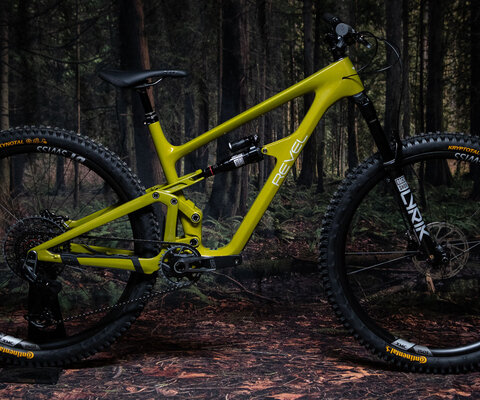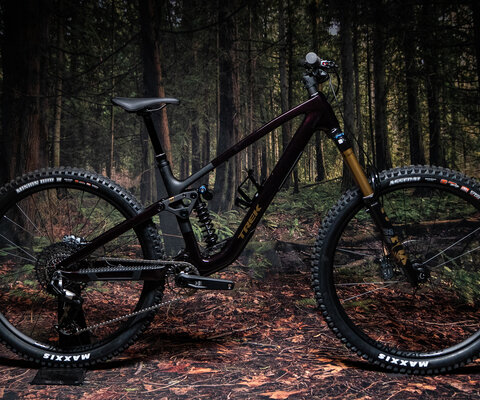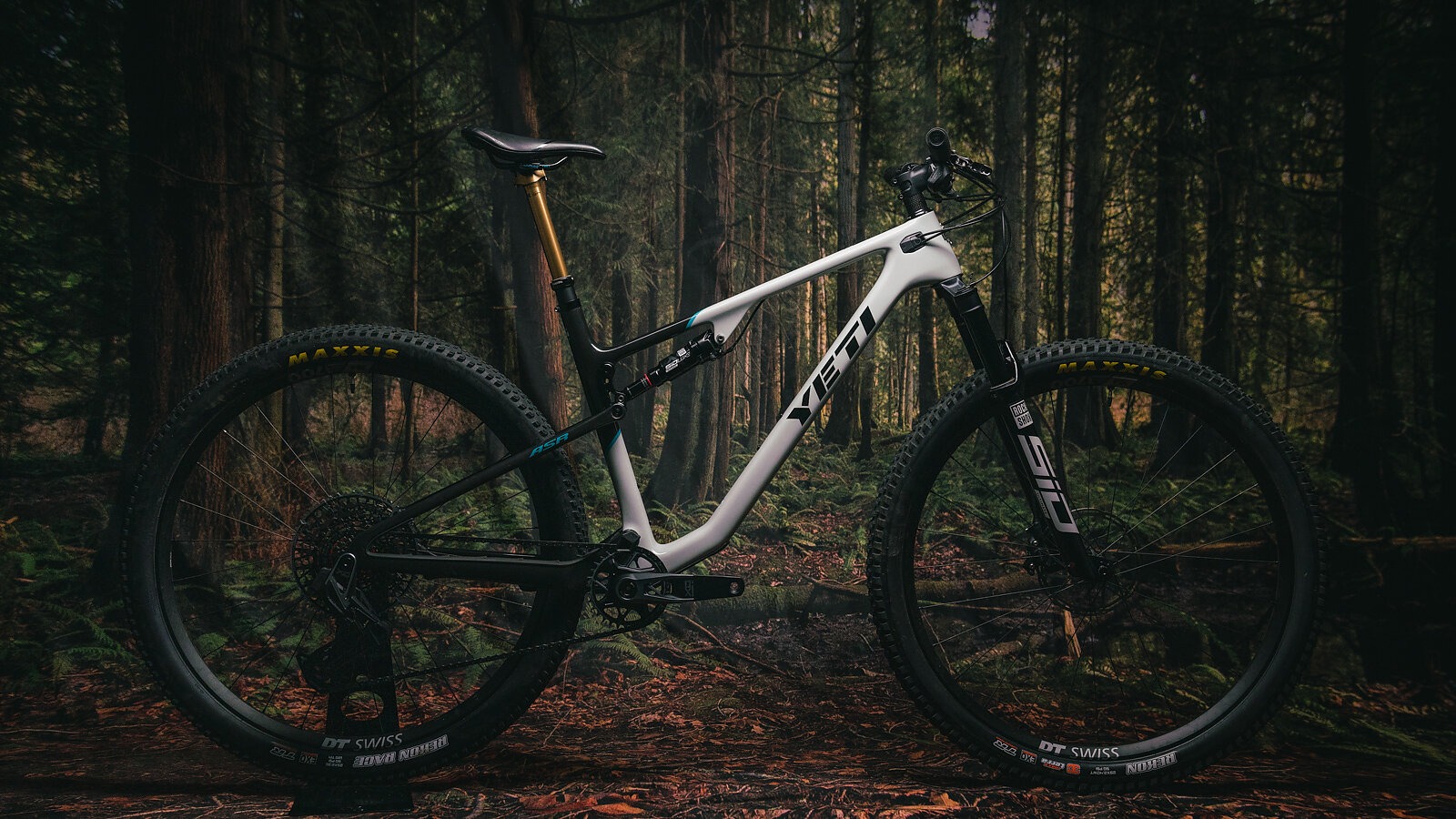
Yeti ASR Bike Review
Words by Spencer Astra | Photos by Cierra Coppock
After taking a decade off from the ASR model, Yeti brought it back.
For me, the timing of its arrival couldn’t have been better as sloppy Pacific Northwest trails started to dry up from a long winter. With fast dirt and even faster rolling tires, my legs are still sore from chasing uphill PRs.
Climbing aboard the ASR felt like being possessed. I couldn’t seem to ride this bike at my normal pace. Instead, I’d immediately find myself pedaling as fast as I could on my normal climbs. With the Maxxis Recon Race rear tire and snappy power delivery through the ASR’s frame, there was no reason to climb slowly.
Bike Geometry & Specs
Based on Size Large
Model: 2024 ASR T3 X0 Transmission TURQ
Price: $8,600 USD
Wheel Size: 29”
Rear Travel: 115mm
Fork: 120mm
Wheelbase: 1201mm
Chainstay: 439mm
Reach: 465mm
Head Tube Angle: 66.5°
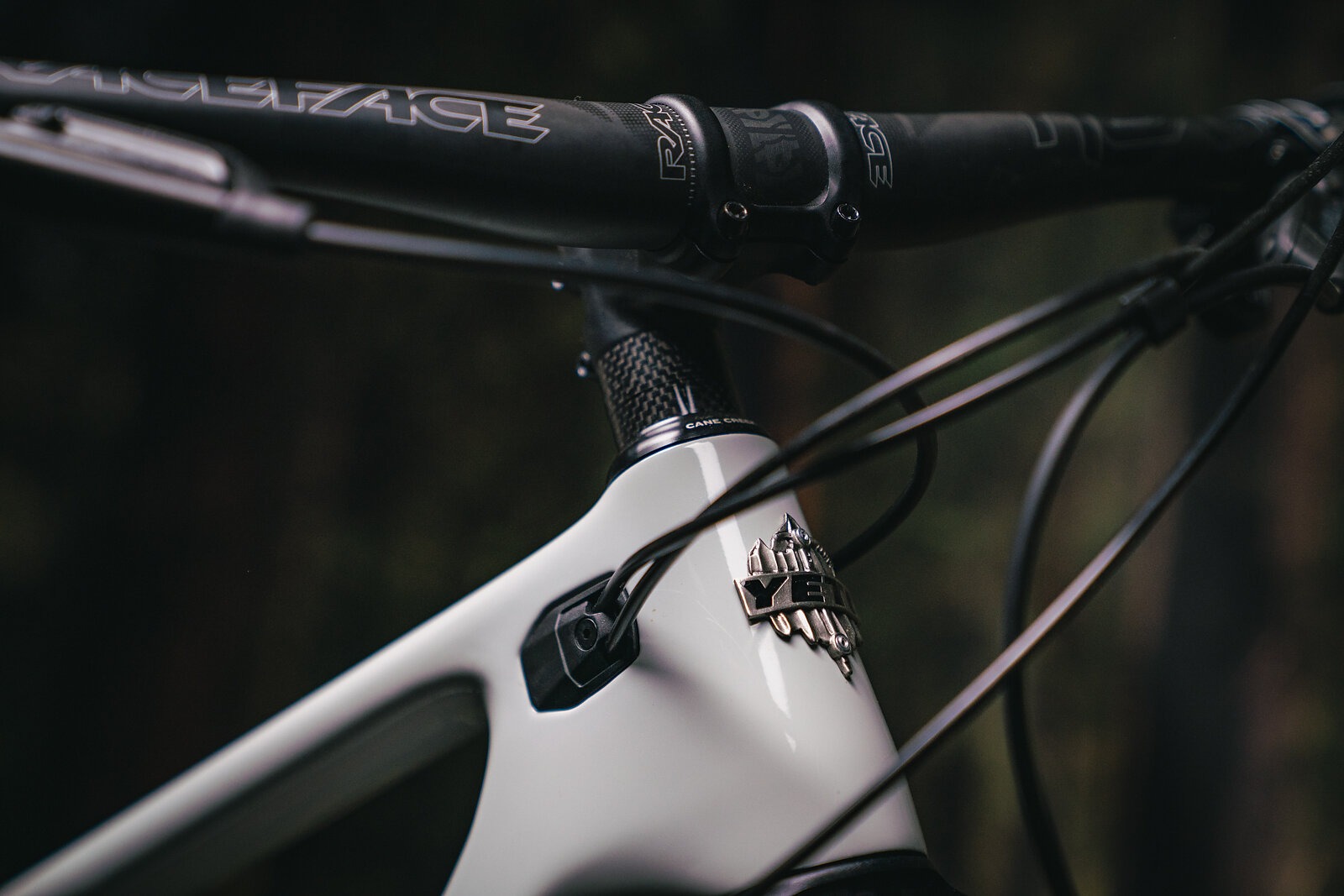
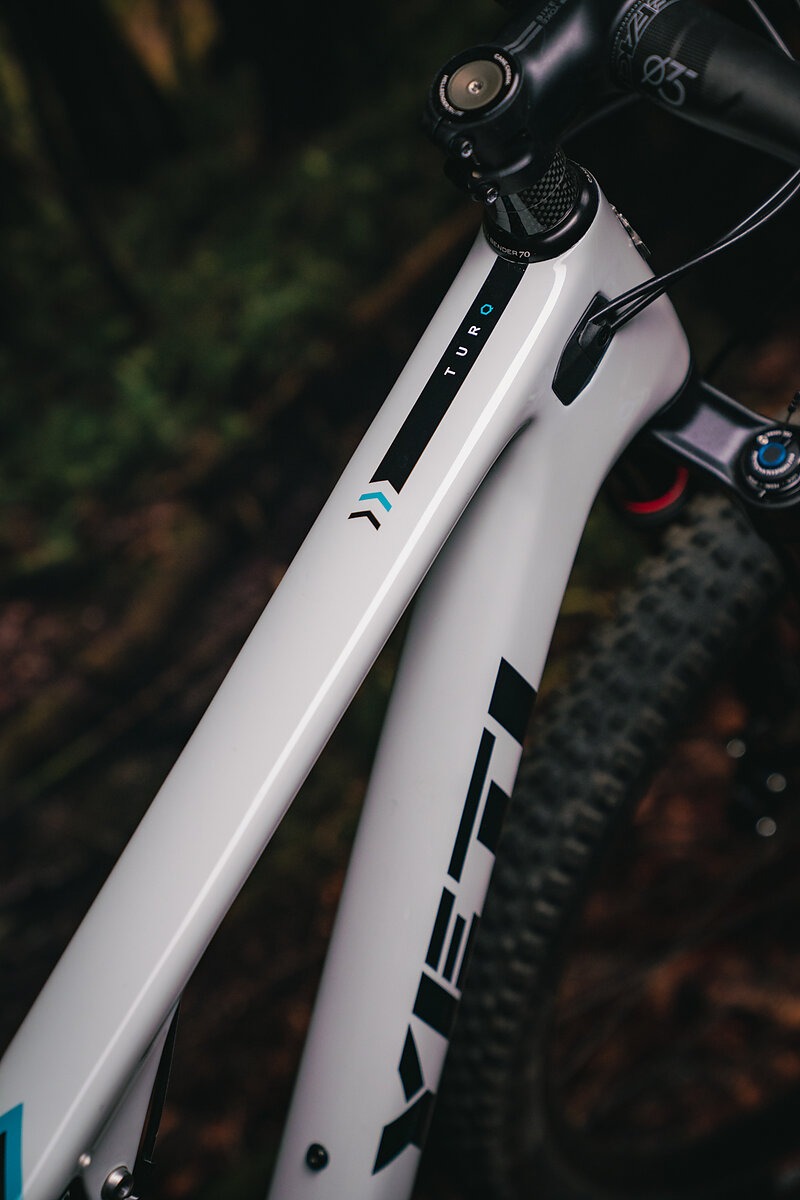
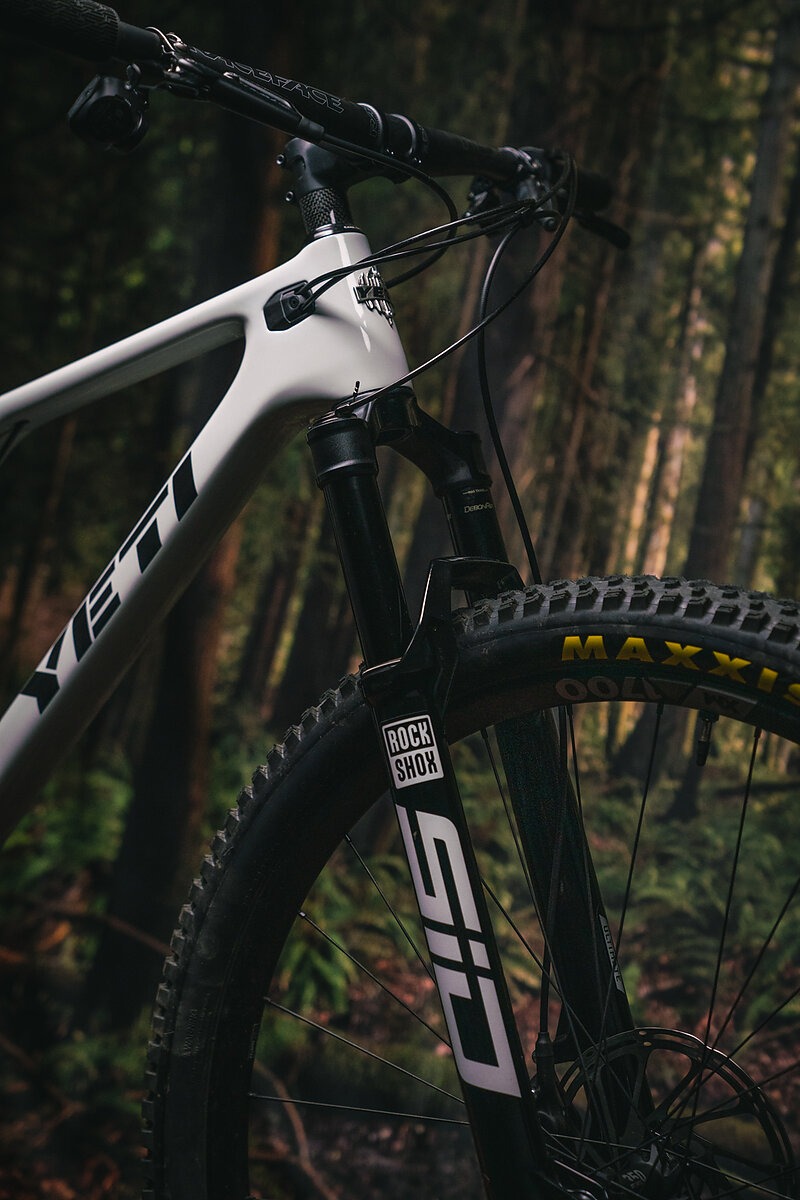
With the shorter 465-millimeter reach and 55-millimeter Bike Yoke Barkeeper stem, the Yeti keeps riders in an aggressive climbing position with weight biased forward. This feels particularly great on tricky off-camber flat corners. The ASR allowed me to appreciate flatter sections of trail more than any bike in recent memory. The ability to keep the pace up on the flats almost gave the impression the ASR was hiding a motor in its slender frame.
Dropping into some of my favorite local trails, I was concerned about the pronounced 55-millimeter stem. But it took about 25 yards of trail for me to completely forget that I was on a cross-country bike. After just a few turns I was slapping the Yeti around supported corners and looking for ways to push it into any subtle dip or rise to gain speed. The super lightweight build was a surprisingly incredible asset on techy descents as I could pull for crafty trail gaps with far more ease than a traditional, heavier trail bike. The narrow bars, longer stem, and low stack height all seemed to melt away as I took my fingers off the brakes and let the ASR breathe. The middle-of-the-road, 66.5-degree headtube angle also kept things feeling stable.
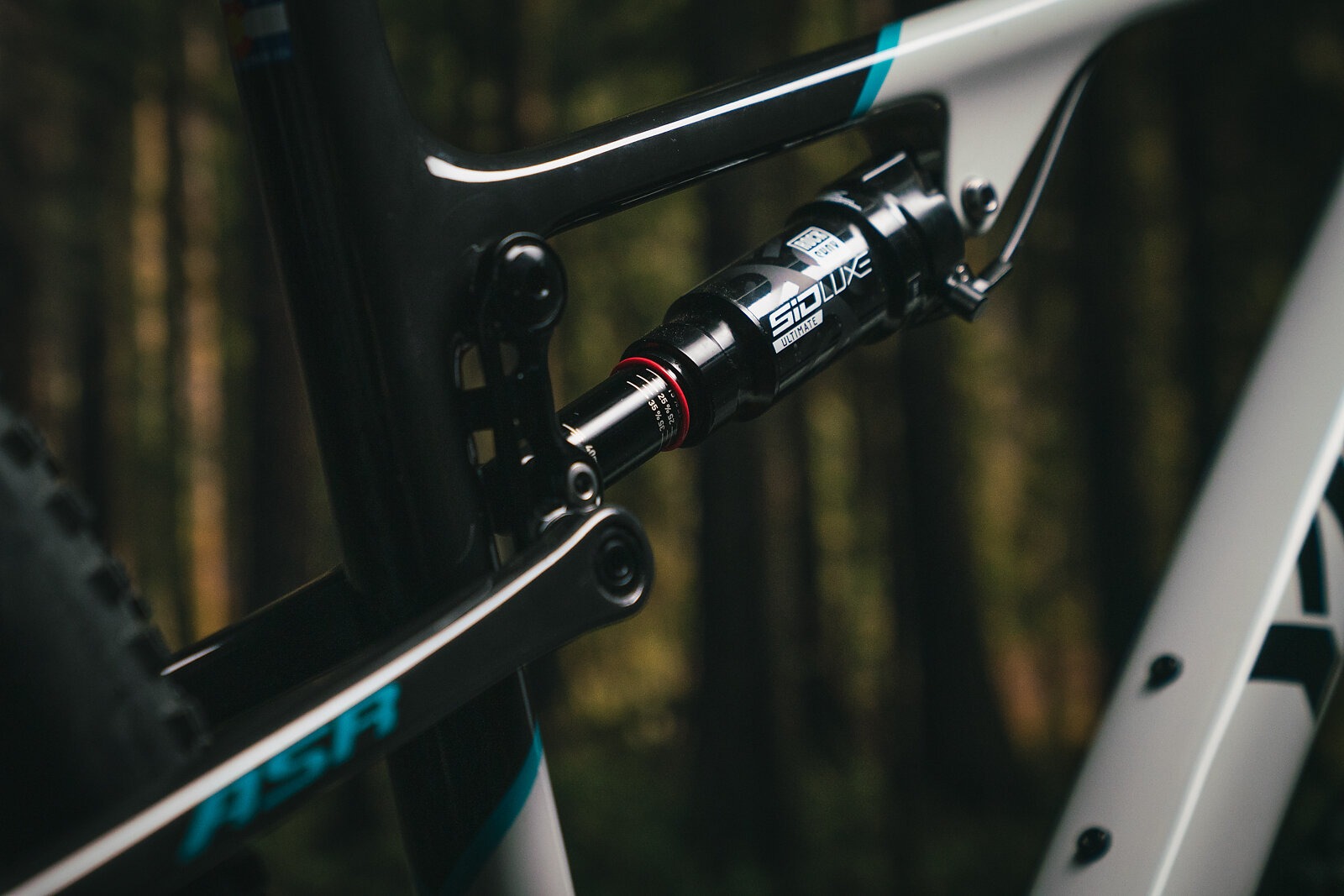
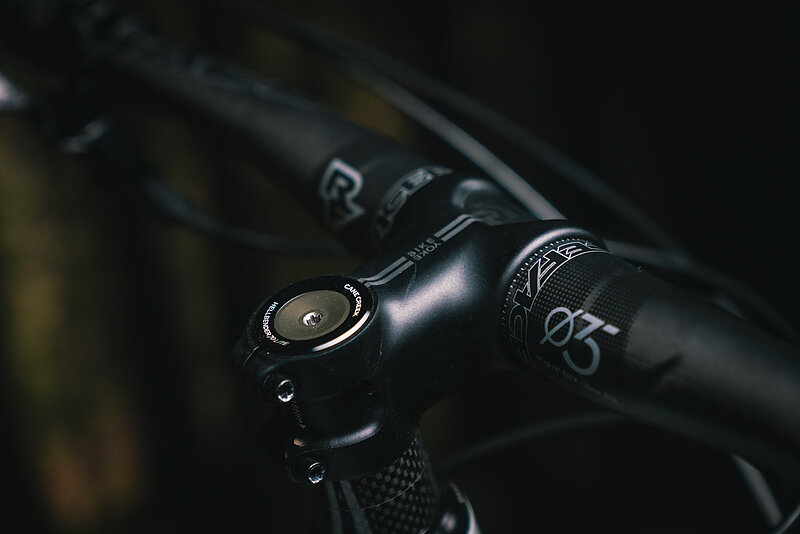
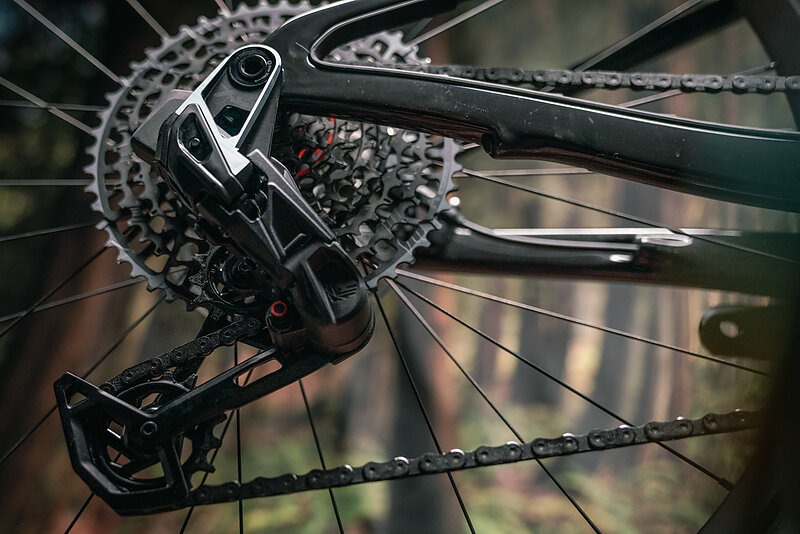
Yeti designed the ASR with a more linear suspension curve that has a nice little ramp-up at the end of the stroke. I found this makes great use of the 120 millimeters of travel as it rides deeper into the stroke without providing any perceivable harsh bottom-outs. Further, the flex stay design, which omits a traditional pivot point typically found on a bike’s seat stay, allows the rear end of the bike to stay compliant and find traction side to side without fighting its way through bumps.
The build for the ASR is exciting—I enjoyed finding specialty hardware all over the bike with details such as the Cane Creek Hellbender 70 Lite headset with titanium hardware and sleek-looking Bike Yoke components. The Fox Transfer SL Factory dropper post was also a new experience for me. Its action is incredibly light and completely undamped on ascension. This makes for a good laugh as you hit the lever and it slaps up into position. The RockShox SID and SIDluxe Ultimate suspension combo was quiet and kept up nicely with the abuse I dished out while bombing blue trails on Galbraith Mountain in Bellingham, Washington. Finally, the twist lock is a cool addition to the ASR. I often throttled it into position for road climbs and extended out-of-the-saddle efforts to enjoy the near-full power efficiency of the lockout. Thankfully, it was completely out of my mind while riding downhill.
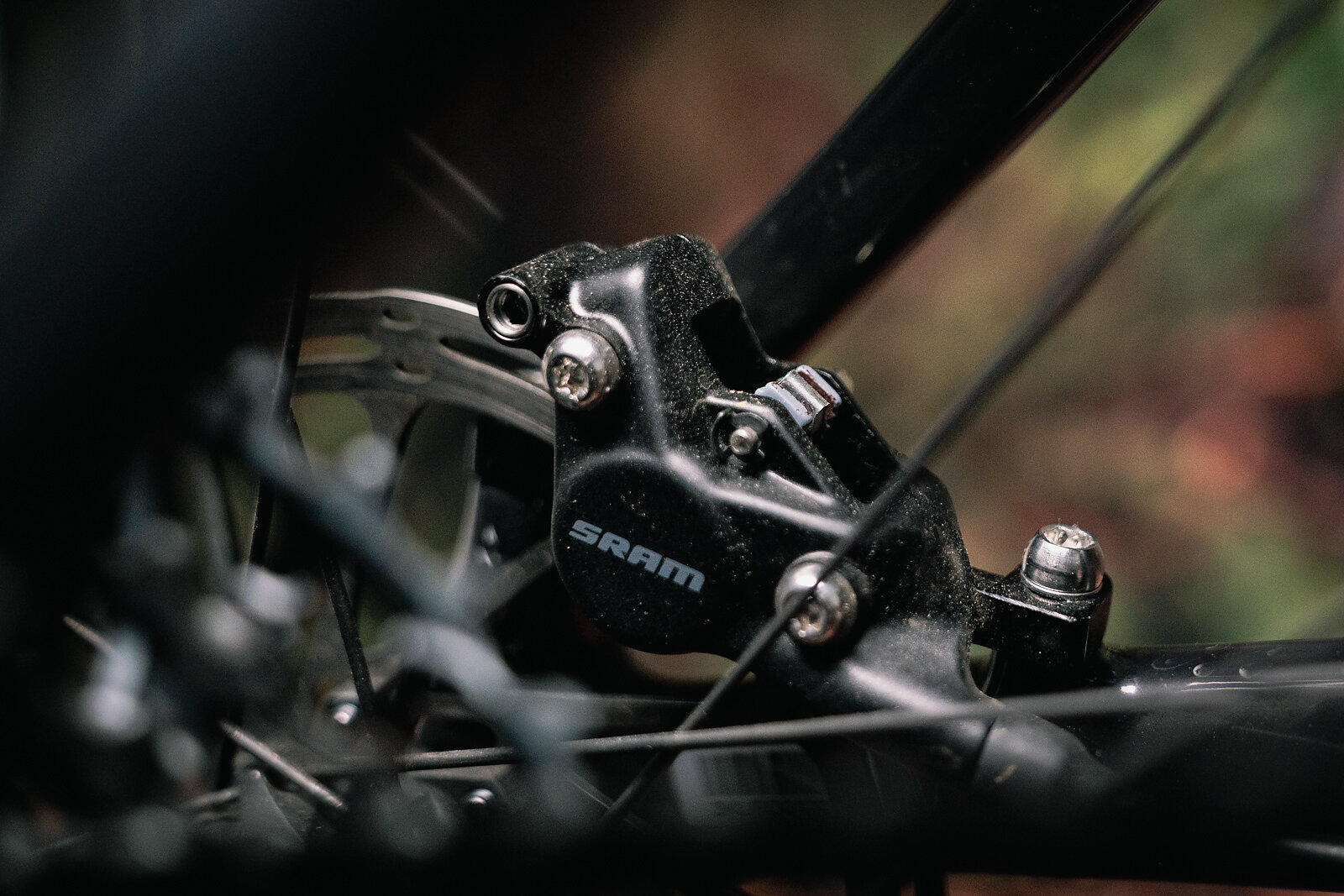
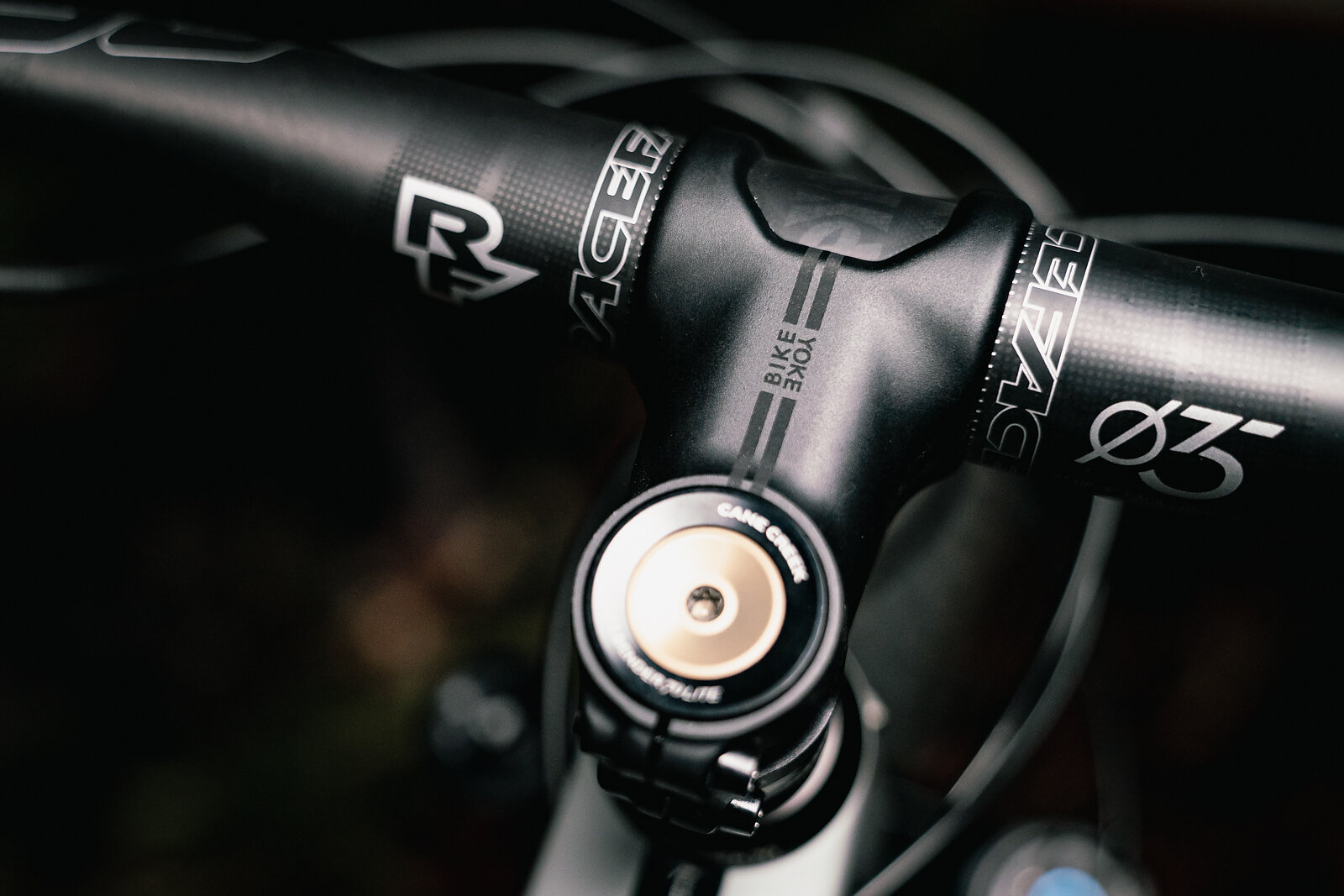
When doing my initial once-over of the ASR, I figured I’d be pulling on the SRAM Level Ultimate 2 Piston brakes for mercy into every corner, but even these lighter-duty brakes felt like they had an appropriate amount of power for riding fast blue trails.
As I mentioned in my video review, I approach this bike as someone who rides mostly trail and enduro bikes. After riding the ASR I think every rider needs to at least throw a leg over a race-bred machine like this and give it a try. While enduro bikes have gotten better at climbing, cross-country bikes have also evolved to be better on demanding descents. The ability to pop over roots with such ease and to rocket through flatter sections of trail make the Yeti ASR an awesome experience for a more traditional mountain biker who’s used to longer travel trail bikes.
Learn More Here: https://yeticycles.com/bikes/asr/
